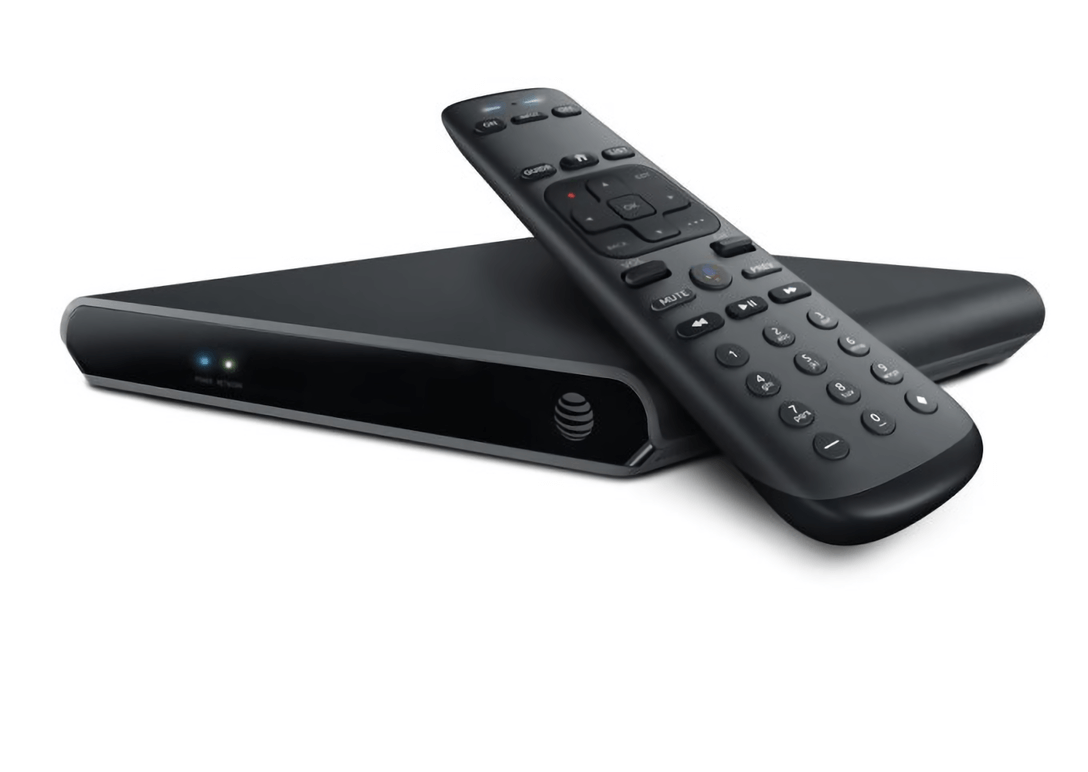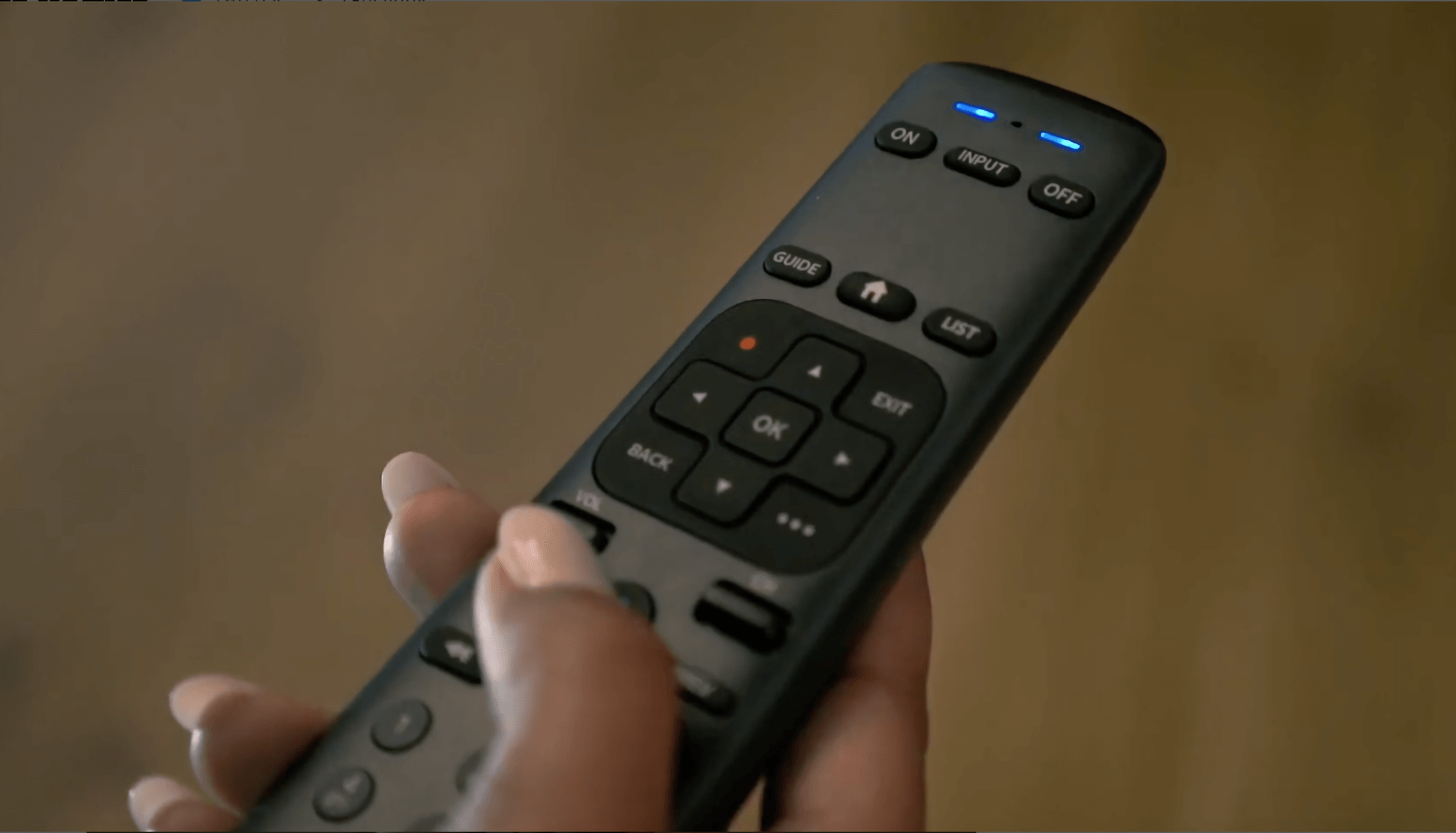Facepalm: AT&T had a winning formula on its hands. An Android TV box that allowed users to watch more live TV channels than any other streaming cable service along with access to paid streaming services like Netflix. Throw in a Google Assistant-enabled remote that can control smart home devices and it sounds like a very compelling package. Unfortunately, two-year contracts, early termination fees, and severe price hikes mar an otherwise admirable attempt by AT&T to be relevant in an increasingly cord-cutting world.
AT&T announced last year that it was launching a new streaming service called AT&T TV. Not to be confused with "AT&T Now" (formerly known as DirecTV Now), AT&T TV seems to be a streaming version of a standard cable subscription. The company is rolling out the service nationwide today after some limited trials, but doesn't seem to have learned why people are cutting the cord in the first place.
Let's start with the good news first. The service has some nice quality of life features along with live TV. The subscription comes with an Android TV set-top box complete with a Google Assistant-enabled remote control. Since it's Android TV, users can also install other streaming services like Netflix or Disney Plus and even use it as a Chromecast target. The remote can control smart home enabled devices via the Google Assistant, too.
Setting up the Android TV box is as simple as connecting it to your TV's HDMI port and hooking up the Wi-Fi. There's also an AT&T TV app for Android and iOS (including iPadOS). The live TV portion is front and center on the home screen and features a traditional channel guide. People who are used to traditional cable will feel right at home.

Now for the bad news. AT&T TV offers different subscription tiers that have an increasing number of included channels the higher you go. While the service offers introductory pricing for each of the tiers, that price goes up significantly after 12 months. The entry-level Entertainment package starts at $50 per month but goes up to $93. Likewise, the Choice and Xtra packages go up from $55 and $65 to $110 and $124, respectively. For those who want it all, the Ultimate package starts at $70 and jumps to $135 per month. Oh, and you still have to sign a two-year contract on top of it.
Breaking the contract will result in early termination fees of $15 for every month left in the contract. The first (admittedly awesome) Android TV set-top box is free but additional boxes will cost $120 apiece. AT&T is promoting an $80 bundle that includes gigabit internet and AT&T TV, but the cost savings after the first year may not be worth it.
One of the reasons people cut the cord is to avoid being locked into long-term contracts and drastic price hikes which often include hidden fees. AT&T seems to be leaning on the fact that their service is streamlined and simpler than traditional cable TV (particularly satellite). Being able to watch live TV while having immediate access to services like Netflix without having to switch television inputs is convenient but doesn't address the primary complaints about pay-TV subscriptions.
Other streaming cable services offer more features anyway. AT&T TV allows you to save up to 500 hours of DVR content, but YouTube TV has unlimited DVR storage. While AT&T TV allows up to three concurrent streams, so does YouTube TV, Philo, and Sling. In fact, Sling's Orange + Blue tier allows up to four simultaneous streams.
It seems that AT&T TV's primary advantage is the amount of channels that are available. Even the base Entertainment package contains most of the channels that people watch. However, having a glut of channels wasn't the point of cord cutting. A lot of cord cutters just want the ability to watch only the channels they want without being tied to a long-term commitment.
